In Texas, people love cooling off in their backyard pools during the hot weather. However, there are specific rules regarding how close you can build a pool next to your house. Let’s take a closer look at these regulations.
In Texas, these rules exist to keep you safe and protect your home’s structural integrity. Remember that the exact rules may differ slightly depending on where you live, so it’s important to check with your local authorities for accurate guidelines. But what if you have a smaller backyard? There are exceptions for compact lots, allowing you to place your pool a bit closer to the house.
If you have a spacious or smaller backyard, understanding these pool placement rules is essential. Let’s find these regulations to ensure your pool and check above-ground pool deck alternatives.
How Close Can a Pool Be to a House in Texas?
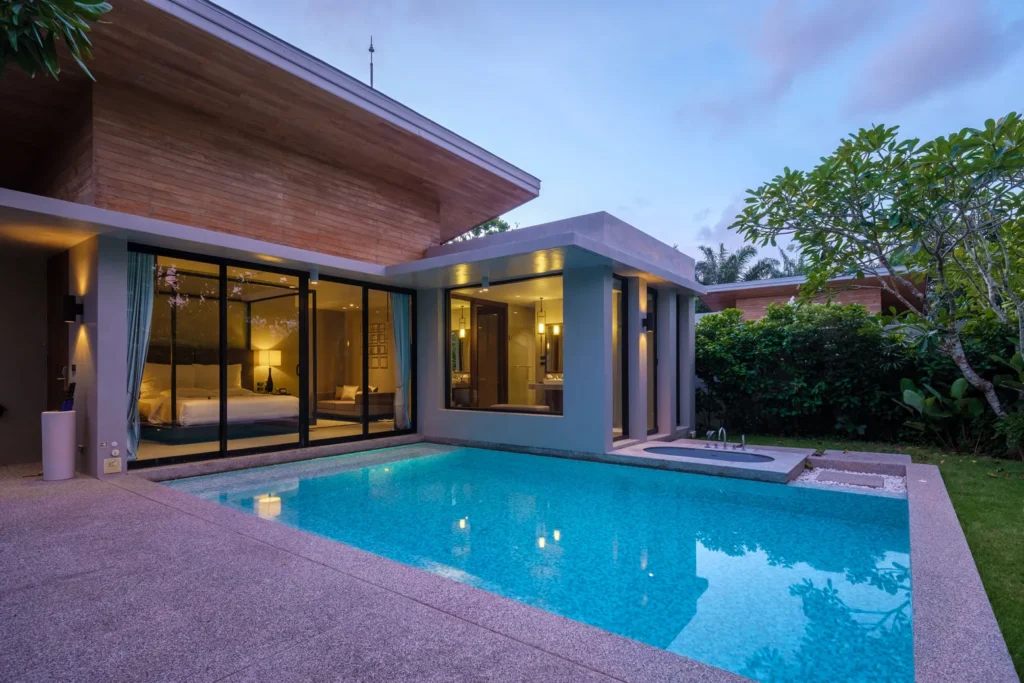
In Texas, a place known for its huge land and hot weather, many people wish to have a swimming pool to cool off. But where you can put your dream pool has certain rules. These rules are essential to ensure everyone stays safe and follows the property laws. Let’s find out how close your pool can be to your house in Texas.
Texas Residential Pool Laws and Regulations
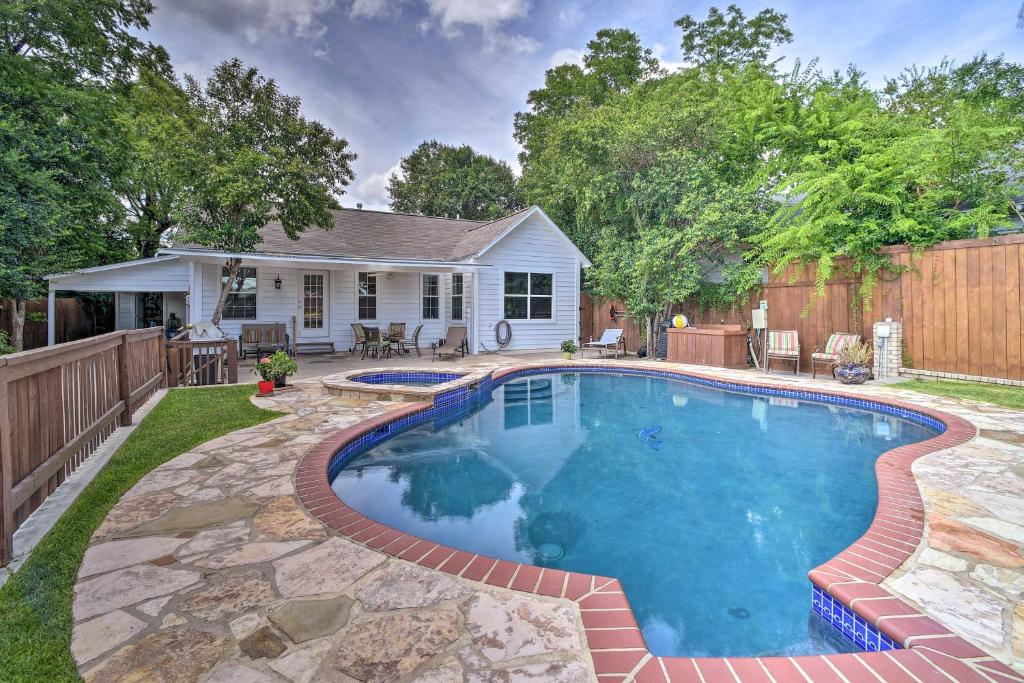
Texas, just like many other states, has building rules and where you can put your home swimming pool. These rules are there to make sure pools are safe and to protect property owner’s rights. One important rule deals with how far a pool can be from a house, and it’s called the 5 Feet Rule.
The 5 Feet Rule
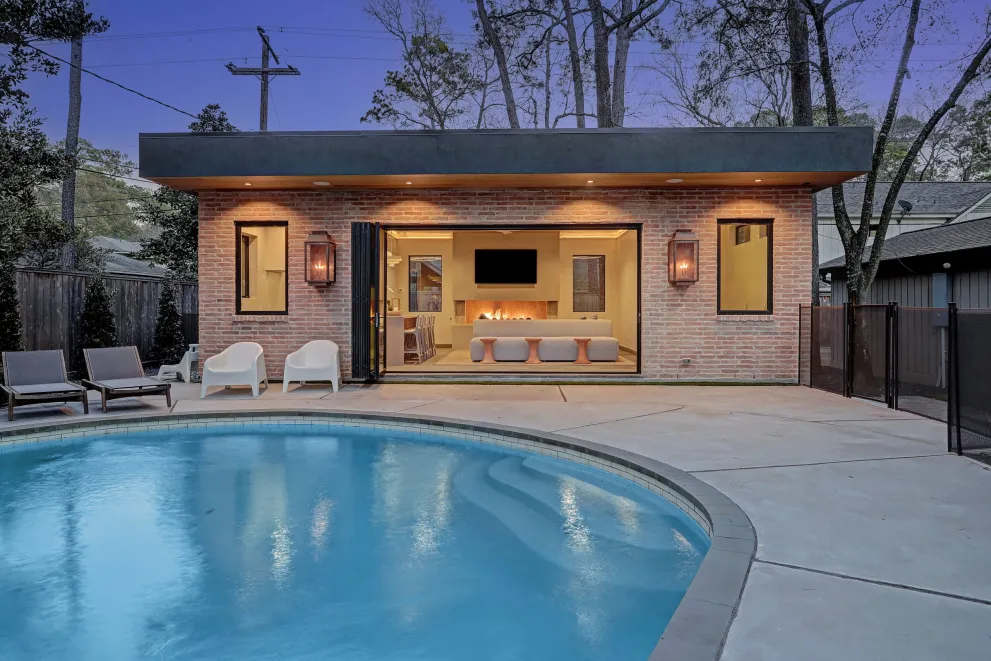
The 5 Feet Rule is important in Texas for where you can put your pool. Basically, if you have a swimming pool at your home, it must be at least 5 feet away from the edge of your property. This rule is there to make sure you don’t have problems with your neighbors and to make sure that things you do in your pool don’t bother people who live next door. This rule has a few reasons for existing.
1. Safety
The main goal of the 5 Feet Rule is to keep everyone safe. By making sure the pool is a good distance away from the house, we lower the chances of accidents, such as people slipping and falling. It also stops kids from getting to the pool without supervision through the house.
2. Structural Integrity
Positioning a pool very close to a house can affect how strong the building is. When water from the pool soaks into the ground around it, it might destabilize the soil. This instability could harm the house.
3. Preventing Flooding
Texas often experiences heavy rainfall and flooding. To reduce the chance of water getting into the house, it’s a good idea to keep the swimming pool at a safe distance from the home. This helps protect the inside of the house from flooding.
4. Accessibility
The 5 Feet Rule ensures emergency services can easily reach your house during a fire or other emergencies without any barriers.
5. Zoning and Building Codes
Compliance with the 5 Feet Rule is essential to meet local zoning and building codes, which can vary across different municipalities in Texas.
Permit Applications for How Close Can a Pool Be to a House in Texas
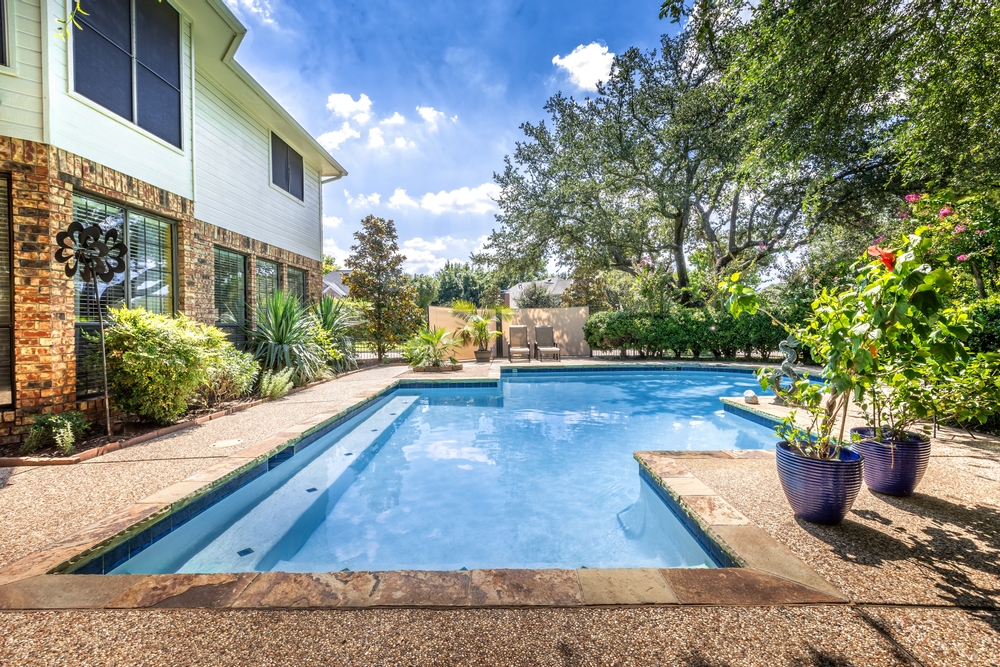
If you’re considering putting a pool in Texas, then it’s important to know how to get the right permits. Permits are like permission slips that ensure your pool follows all the rules in Texas, like the 5 Feet Rule that says how far your pool has to be from your house. Here are some essential things to know about getting permits for building a pool in Texas.
1. Local Authority
To start the process of getting permission to build a pool in Texas, you usually begin by reaching out to your local city or county building department or planning office. They can tell you all the rules and steps you need to follow to get a permit for pool construction in your area.
2. Documentation
When applying for a permit, you’ll probably have to provide many papers. These papers might show things such as exact pool designs, drawings made by engineers, maps of where your pool will be, and any other essential material. These papers need to make it easy to see where the pool will be about your house and the edges of your property.
3. Review Process
Once you send in your permit application, the people in charge locally will check your plans to make sure they follow all the rules, including how far your project is from your house. This might not happen super quickly, so hang in there and stay patient.
4. Compliance with 5 Feet Rule
In your application, it’s really important to show that your chosen spot for the pool follows the 5 Feet Rule. Ensure your plans clearly display a 5-foot gap between the pool and your house, along with any other safety features needed.
5. Inspections
Once your permit is approved and construction begins. Your project will likely be subject to inspections at various stages to ensure compliance with safety and zoning regulations. These inspections may include checking the distance between the pool and the house.
Conclusion
How close a pool can be to a house depends on local regulations and safety guidelines. These rules are made to keep you and your loved ones safe. Typically, pools need to be at least 5 feet away from your house. This is called the setback distance. This space helps prevent accidents and keeps your home foundation strong.
Regarding your neighbor’s property, it’s polite to keep your pool a good distance away. About some feet is a good rule to follow, but this can vary depending on local rules. Always check your local rules and talk to a professional to be sure you’re following the right safety guidelines.

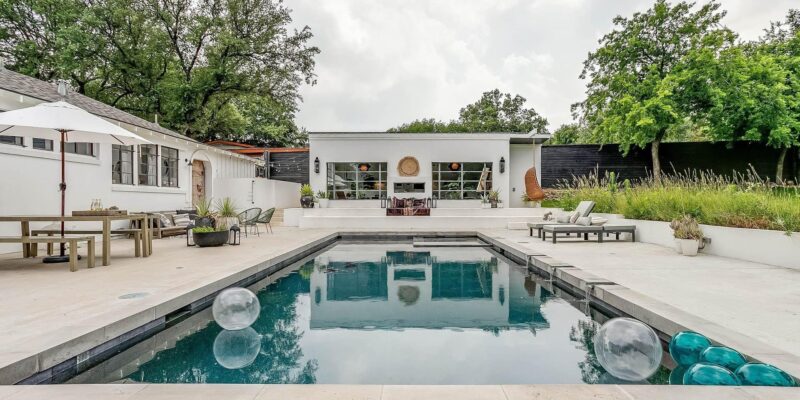



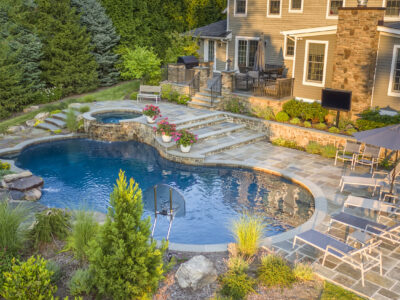
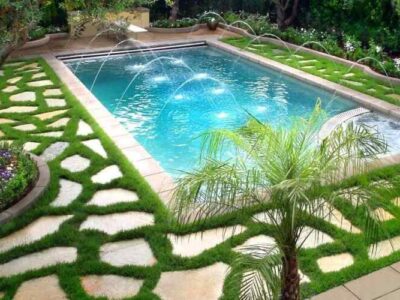
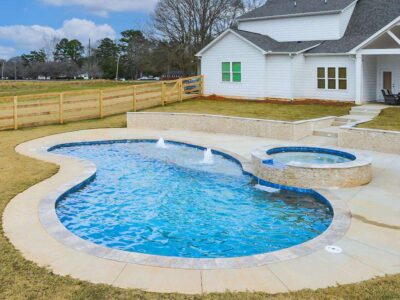
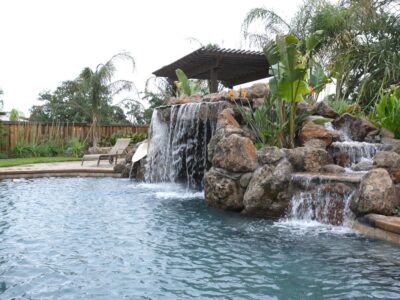



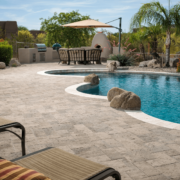
[…] How close can a pool be to a house in Texas? […]